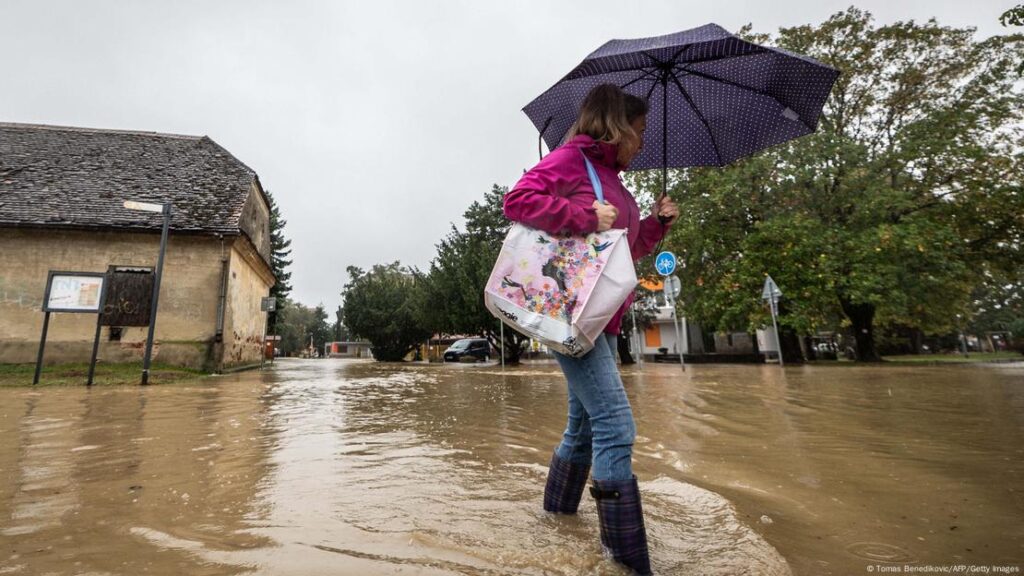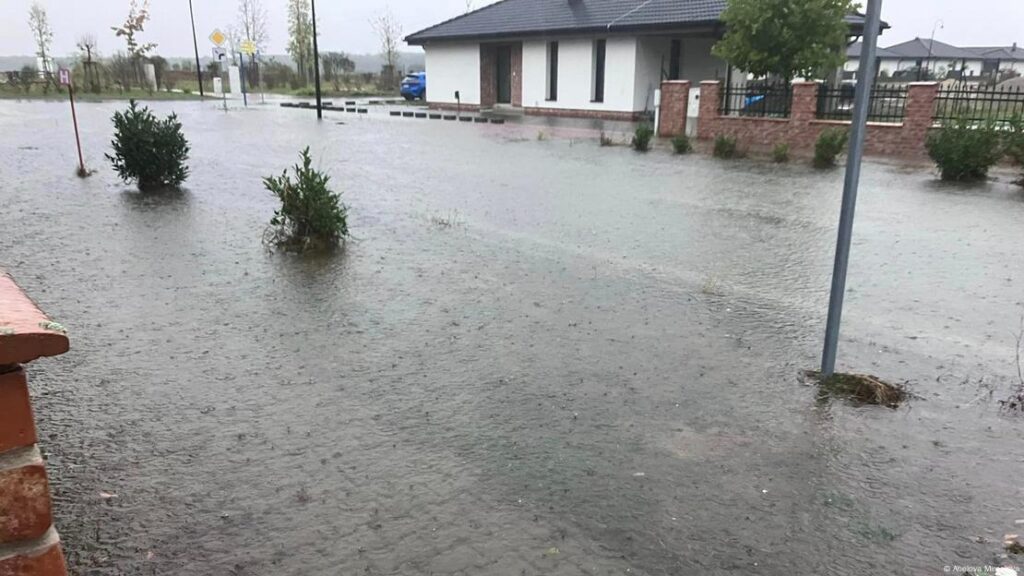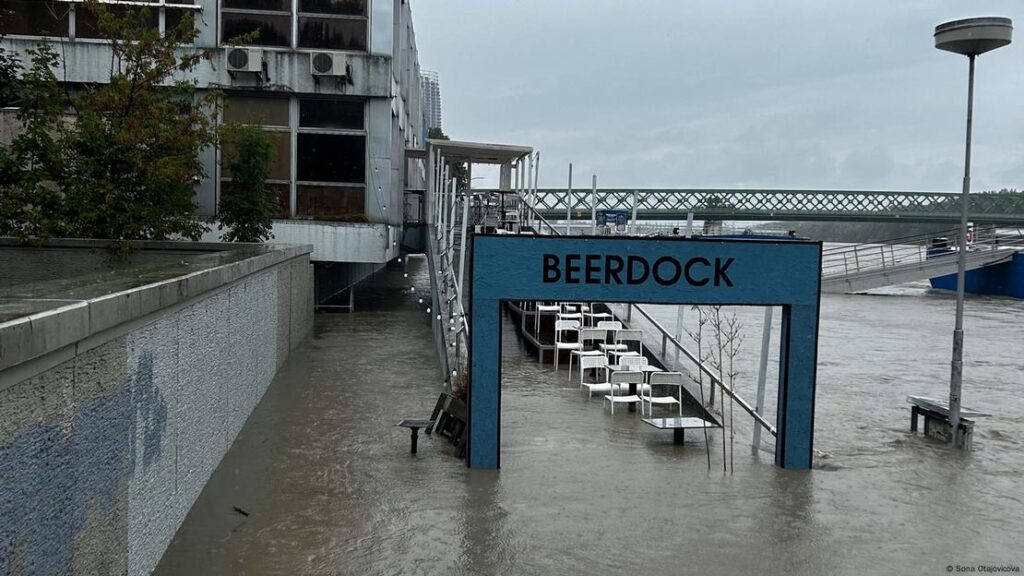Over 100 residents were evacuated from their homes in Bratislava this week as Slovakia’s capital experienced its worst flooding in 30 years, with western regions of the country also severely affected.

The Danube River reached a 30-year high of 970 centimeters (382 inches) in Bratislava on Tuesday evening, causing widespread flooding in parts of the city. The Devin district, near the Austrian border, was completely cut off due to flooding and a landslide.
In the neighboring district of Devinska Nova Ves, authorities evacuated 100 people from their homes. The Environment Ministry estimates flood repairs could cost the country around €20 million ($21.3 million).
The flooding began after heavy rainfall last week, with some areas recording over 300 millimeters (11.8 inches) of rain, far exceeding initial forecasts. Environment Minister Tomas Taraba had previously stated the Danube “will not be an issue,” a prediction that proved inaccurate as events unfolded.

The Zahorie region in western Slovakia, bordering the Czech Republic, was particularly hard hit. Peter Novisedlak, mayor of Stupava, described the situation as “critical” with major flooding occurring on Sunday.
In Bratislava, the Slovak National Gallery was inundated, with staff working to protect valuable artworks. The Sports Ministry building also experienced flooding on its first floor.
Bratislava Mayor Matus Vallo announced on Tuesday evening that the situation was stabilizing, with anti-flood dikes along the Danube holding against the high water levels. However, he cautioned that cleanup efforts would take time.

The Urban Forests Authority reported significant damage in the Zelezna studnicka district, a popular recreation area, with hundreds of uprooted trees. Citizens have been advised to avoid nature walks in affected areas.
Bratislava Zoo has also been impacted and is calling for volunteers to assist with cleanup operations. City authorities hope to reopen some of the capital’s major tourist attractions by the weekend.
The floods have highlighted concerns about emergency preparedness and infrastructure resilience in the face of extreme weather events. As cleanup efforts continue, discussions are likely to focus on improving flood defenses and early warning systems to mitigate future risks.



